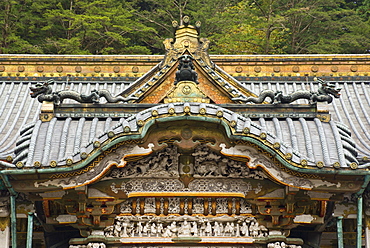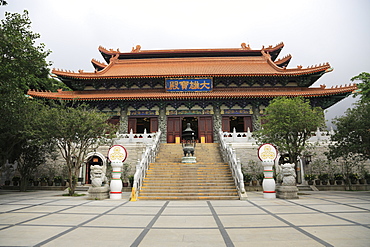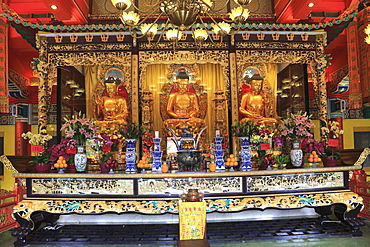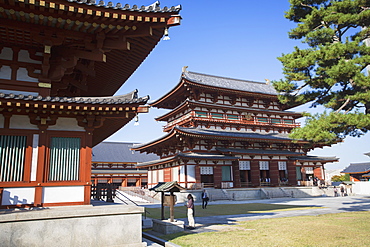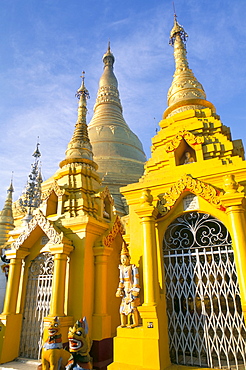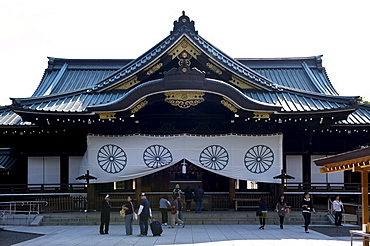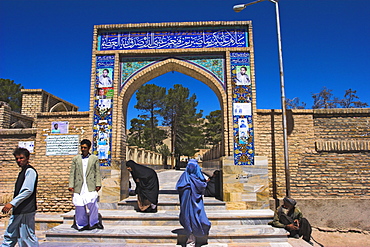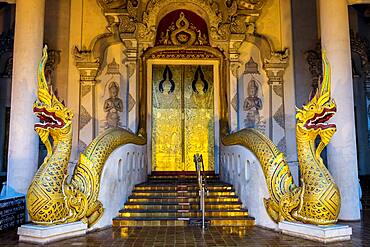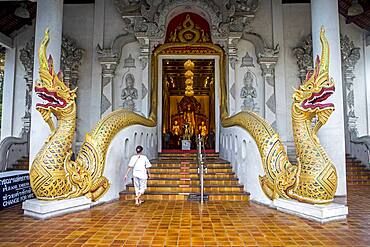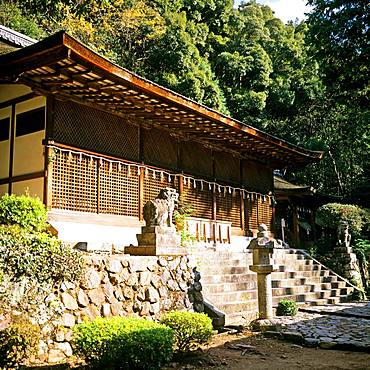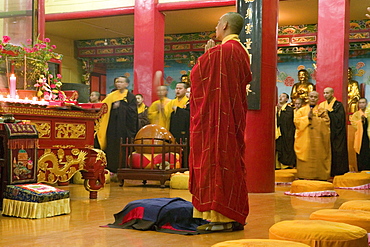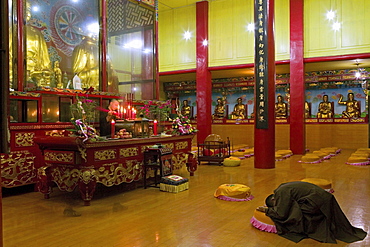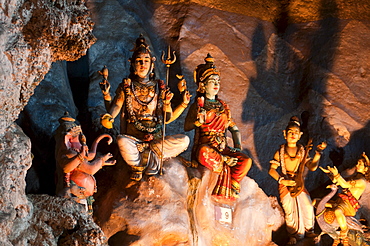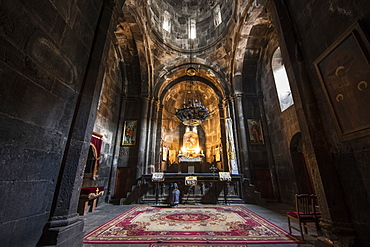Results
15 results found
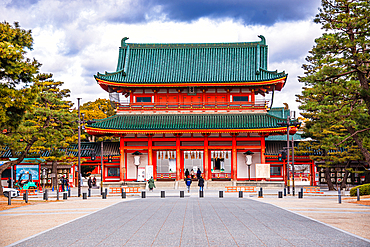
Front view of Heian Shrine’s vibrant red main gate with green-tiled roof and symmetrical design framed by pine trees in Kyoto, Japan
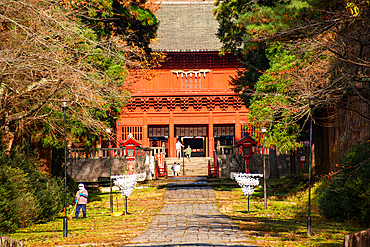
Close up of the fire red main building of The Mount Iwaki Shrine near Hirosaki, North Hon shu, Japan, Asia
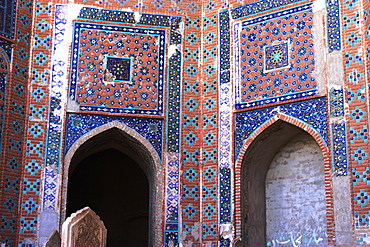
Timurid decoration, main Iwan of the interior courtyard, Sufi shrine of Gazargah, Herat, Herat Province, Afghanistan, Asia

Timurid decoration, main Iwan of the interior courtyard, Sufi shrine of Gazargah, Herat, Herat Province, Afghanistan, Asia

Worshippers praying in front of offertory boxes at main hall of Meiji Jingu shrine in Tokyo, Japan, Asia
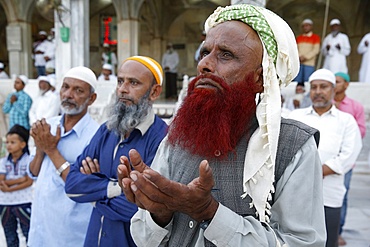
Muslim faithful turning towards the main shrine in the evening, Ajmer Sharif Dargah, Rajasthan, India, Asia
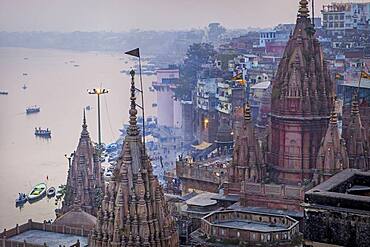
In first position the rooftop of Manikarnika ghat, general view of ghats rooftops, in Ganges river, Varanasi, Uttar Pradesh, India.
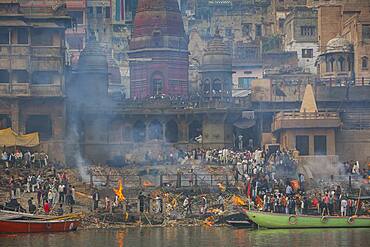
Cremation of bodies, in Manikarnika Ghat, the burning ghat, on the banks of Ganges river, Varanasi, Uttar Pradesh, India.
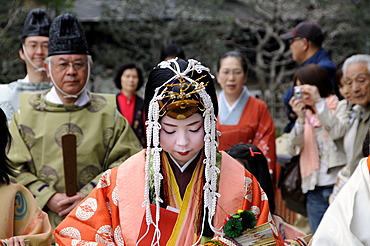
Saio dai, main character of the Aoi Festival, with extremely expensive Kimono, going to a Shinto ceremony in the Kamigamo Shrine, Kyoto, Japan, Asia
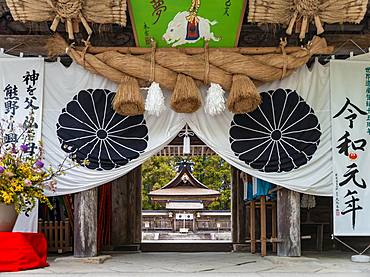
Kumano Hongu Taisha, Main Shrine of Kumano Shrines, Shinto Shrine, Destination of Kumano Kodo Pilgrimage, Wakayama, Japan, Asia
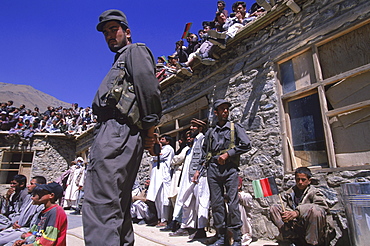
Armed guards keep an eye on the crowds during a ceremony below the shrine of Ahmad Shah Masood in the Panjshir Valley, September 9, 2002. Masood was a revered mujahedin leader who fought the Soviets in the Afghan-Soviet war, and who also was one of the main leaders of the Northern Alliance which opposed the Taliban and helped the US Military in their defeat. Masood was assasinated by what are thought to be Al Queda operatives on Sept. 9, 2001. A shrine has been erected in the Panjshir Valley, near the village of Bazarak, from where he led much of his resistance to both the Soviet and Taliban forces, to honor this latest of Afghan war heros.
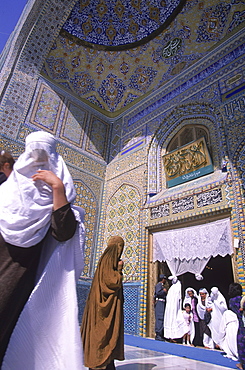
Women in burqas flock like doves to the entrance of the main mosque at the Blue Mosque complex, Mazar-i-Sharif, Balkh Province, September 23, 2002. Wednesday mornings are reserved for women to come and worship at the mosque.Elaborate tilework and decorated spires adorn the mosque, also known as the Shrine of Hazrat Ali (Hazrat Ali was the son-in-law of the prophet Mohammed), who is believed to be buried here. The shrine, of particular importance for Afghanistan's Shi'ite Muslims, was first built in the 12th century, destroyed by Genghis Khan, and rebuilt in 1481. The current mosque, considered by some to be one of the most beautiful in Central Asia, is a modern restoration.
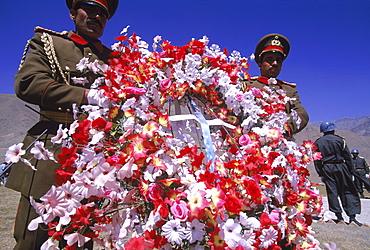
Elaborate flower wreaths are brought by Afghan soldiers as tokens of respect to the shrine of Ahmad Shah Masood, on the one year anniversary of Masoods assasination, at a ceremony in the Panjshir Valley, Afghanistan, September 9, 2002. Masood was a revered mujahedin leader who fought the Soviets in the Afghan-Soviet war, and who also was one of the main leaders of the Northern Alliance which opposed the Taliban and helped the US Military in their defeat. Masood was assasinated by what are thought to be Al Queda operatives on Sept. 9, 2001. A shrine has been erected in the Panjshir Valley, near the village of Bazarak, from where he led much of his resistance to both the Soviet and Taliban forces, to honor this latest of Afghan war heros.
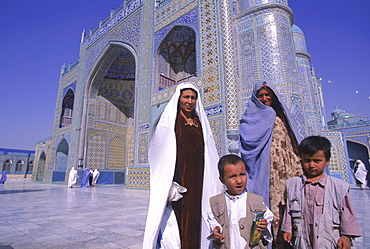
Tajik women proudly pose with their children, burqa's thrown back, in front of the main entrance to the Blue Mosque, Mazar-i-Sharif, Balkh Province. Wednesday mornings are reserved for women to come and worship at the mosque. Elaborate tilework and decorated spires adorn the mosque, also known as the Shrine of Hazrat Ali (Hazrat Ali was the son-in-law of the prophet Mohammed), who is believed to be buried here. The shrine, of particular importance for Afghanistan's Shi'ite Muslims, was first built in the 12th century, destroyed by Genghis Khan, and rebuilt in 1481. The current mosque, considered by some to be one of the most beautiful in Central Asia, is a modern restoration.
